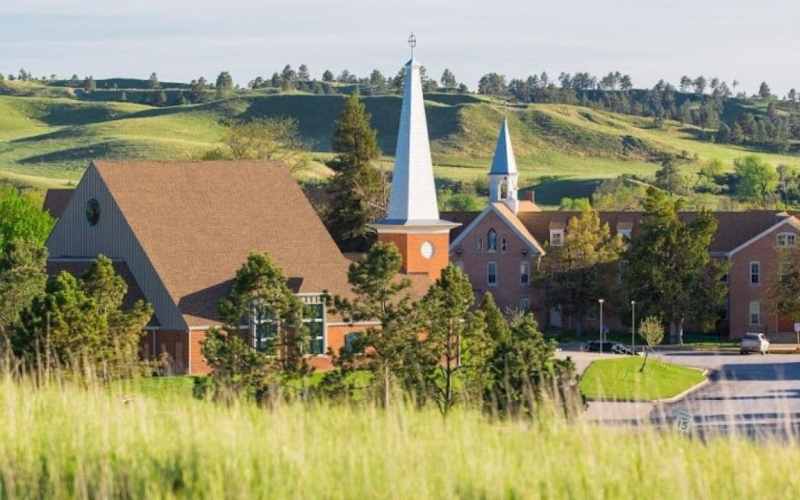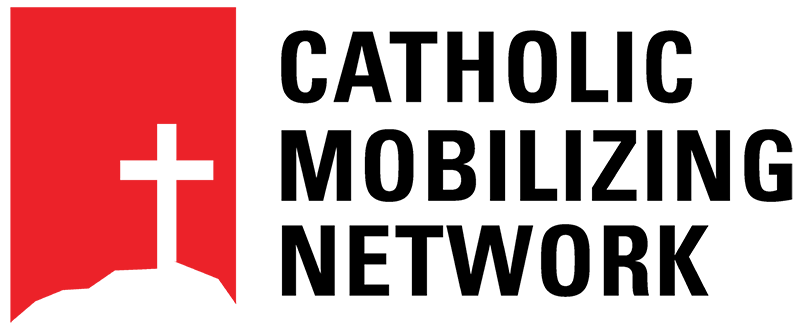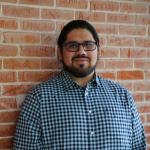The history of Indian boarding schools in the United States has become increasingly known to many Americans as the truth of that history has been slowly, if not brutally, revealed through the tragic stories of unmarked graves that continue to be identified in Canada.
The Catholic Church ran a number of these schools — by far the most of any Christian denomination — and so today as Catholics we are called to confront the truth of that history with unflinching honesty.
The work of confronting the ways in which the Catholic Church was involved in the oppression of Indigenous peoples across the United States is a sacramental process.

This work is so foundationally important because the impact of boarding schools in Indigenous communities is one with a profoundly complex, challenging, and ongoing legacy.
One survivor of the boarding schools I have spoken with told the story of being punished for speaking his language by placing a rubber band in his teeth and being asked to stretch it out to snap back on his own face.
He said that was indeed painful, but the deeper pain came from the laughter of his classmates and a lifelong struggle of feeling shame about his language and identity.
Stories like this are plentiful and speak to the ways in which boarding school history continues to resound across generations of Indigenous families as they deal with ongoing linguistic, cultural, and spiritual loss and recovery.
At Red Cloud Indian School in Pine Ridge, South Dakota, we are committed to a process to engage this history directly.
We are inspired by Indigenous scholarship through the work of social worker, professor, and mental health expert Dr. Maria Yellow Horse Brave Heart, who provides four stages to address historical trauma.
Our process starts with confronting the school’s history through survivors’ stories and the opening of our archives. It moves on to supporting the community’s understanding of that historical trauma and its impact.
Only through this truth-telling and shared understanding is healing possible, always an individual journey. When we heal, we can then transform to a new life and new relationship.
The Catholic Church too must engage in its own journey toward healing the trauma of the past.
We first must recognize the need to admit our harmful history as we do when we profess our sins.
In this way, healing is for everyone, including the Church as it seeks to establish trust and relationship within a community with which it has had a complex history — one we know could have been, should have been, very different.


